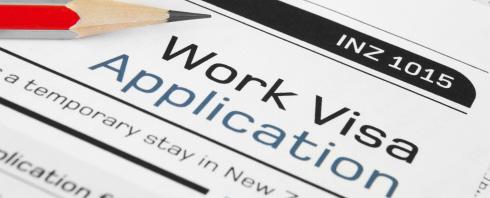BUSINESS SUSTAINABILITY KATE FERGUSON
How your staff could help cut your business emissions Kate Ferguson, Climate and Resources Manager at the Sustainable Business Council, looks at innovative ways we can reduce our business emissions.
People power
I
n October, 170,000 people across New Zealand marched on the streets in support of urgent action on climate change. According to the organisers, School Strike 4 Climate, that’s about 3.5 per cent of the population. No doubt, many of those protesting were the future employees of New Zealand businesses or the children of current staff. It’s clear the sense of urgency to tackle climate change is rising rapidly, and every sector and demographic in society is now being affected. At the Sustainable Business Council (SBC), we are seeing an increasing number of our members working with their employees to find new and innovative ways to reduce emissions not only in the business but also at home. SBC members collectively employ 158,000 full-timers, and this represents a significant opportunity to influence action on climate change. Imagine if all these people reduced their emissions not only at work but also in their personal lives as citizens? At a national level, I believe this big group of people could help change 34
HUMAN RESOURCES
SUMMER 2019
attitudes across the country and, ultimately, make a decent dent in New Zealand’s emissions profile.
Schemes to engage staff
Now that many businesses have measured their emissions and started to create emissions reduction plans, the next logical step is to talk to staff and tap into their creativity and know-how. I see a growing number of Kiwi businesses doing this in creative and various ways. For example, at SkyCity, the team has launched a strategy to help employees measure and offset their families’ carbon footprints. Using the Toitū Envirocare carbon calculator tool, which is free online and simple to use, SkyCity has run multiple presentations for staff on how they can measure, reduce and offset their carbon footprints. They have also created a financial incentive. For every dollar spent by its employees offsetting their emissions, the company puts one dollar towards a Green Fund, which finances emissions reduction projects around the business. Thirty staff have since gone carbon neutral.
For every dollar spent by its employees offsetting their emissions, the company puts one dollar towards a Green Fund.
Auckland Council has also started to work with its staff, as well as the wider public, to encourage climate action. In collaboration with Wellington City Council, the organisation has developed New Zealand’s first gamified carbon footprint calculator, called Future Fit (www.FutureFit.nz). The free online tool encourages its users to measure and then reduce their carbon footprint by choosing a range of easy-to-adopt lifestyle changes. Weekly emails or texts remind users to complete their chosen actions, such as a meat-free day or car-pooling trip. I encourage you to check it out. When Auckland Council introduced Future Fit to its employees, 480 people saved an impressive 62 tonnes of carbon dioxide over three weeks alone. That’s the equivalent of driving from Auckland to Wellington 453 times.
When Auckland Council introduced Future Fit to its employees, 480 people saved an impressive 62 tonnes of carbon dioxide over three weeks alone. Then there are the SBC businesses I meet that are encouraging their employees to work from home or adopt flexible working hours, which reduces traffic as well as carbon emissions. IAG and thinkstep actively























